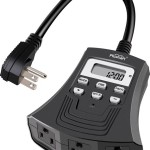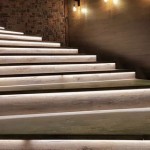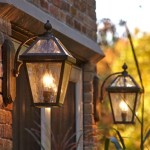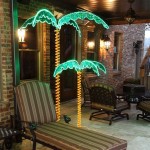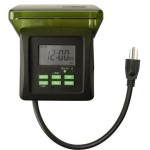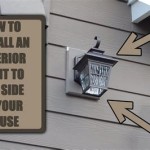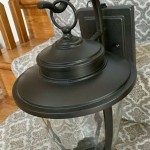Essential Aspects of the Difference Between Indoor and Outdoor Flood Lights
Flood lights are commonly employed to illuminate wide areas both indoors and outdoors. However, it's crucial to select the appropriate type of flood light based on the intended location, as there are some key differences between indoor and outdoor flood lights.
Purpose and Design
Indoor flood lights are designed to provide general illumination within enclosed spaces, such as warehouses, gymnasiums, and auditoriums. They typically have a wider beam angle to distribute light evenly across the area. Outdoor flood lights, on the other hand, are intended for illuminating large outdoor areas, including parking lots, sports fields, and building exteriors. These lights often have a narrower beam angle to focus the light on specific areas, reducing light pollution and glare.
Construction and Durability
The construction and durability of flood lights differ based on their intended use. Indoor flood lights are typically made of lightweight materials such as aluminum or plastic, as they are not exposed to harsh weather conditions. Outdoor flood lights, however, require more robust construction to withstand the elements. They are often made of corrosion-resistant materials like stainless steel or galvanized steel to ensure longevity in rain, snow, and extreme temperatures.
Ingress Protection (IP) Rating
The ingress protection (IP) rating indicates the level of protection a flood light has against water and dust ingress. Indoor flood lights typically have a lower IP rating (e.g., IP20), as they are not exposed to harsh elements. Outdoor flood lights, on the other hand, require a higher IP rating (e.g., IP65 or IP67) to ensure they can withstand water jets, rain, and dust.
Light Output and Color Temperature
The light output of flood lights is measured in lumens, which represents the total amount of visible light emitted. Indoor flood lights can have various light output levels, depending on the intended application. Outdoor flood lights, however, typically require higher light output to illuminate large areas effectively. The color temperature of flood lights, measured in Kelvins (K), indicates the warmth or coolness of the light. Indoor flood lights often have a warm white or natural white color temperature (2700K - 4000K), while outdoor flood lights may have a cooler white color temperature (4000K - 6500K) for better visibility at night.
Mounting and Installation
Indoor flood lights are typically mounted on walls or ceilings using brackets or screws. Outdoor flood lights have more varied mounting options, including poles, ground stakes, and wall-mounted fixtures. The mounting method should consider the height of the light, the area to be illuminated, and the environmental conditions.
Cost and Maintenance
The cost of flood lights varies depending on factors such as size, wattage, and IP rating. Indoor flood lights are generally less expensive than outdoor flood lights due to their simpler construction and lower durability requirements. Maintenance also differs; indoor flood lights may require occasional cleaning or bulb replacement, while outdoor flood lights may need more frequent maintenance to withstand harsh conditions.
What Is The Difference Between Indoor And Outdoor Lighting Bbier Ledlighting Quora

Led Flood Lights What You Need To Know

Can You Use Indoor Led Flood Lights Outdoor Lighting Info

Can You Use Indoor Led Flood Lights Outdoor Lighting Info

How To Choose Proper Led Indoor Flood Lights

Best Led Floodlights For Indoor And Outdoor In 2024 Lighting Info

Konlite Led Outdoor Flood Light 3 600 Lumens 27w 5000k 120 277v Revolve

Led Flood Light Wide Angle 40w For Residential Landscape Lighting Aspectled

Outside Flood Lights

Outdoor Flood Light Led 100w 8000lm 6500k 165 265v High Brightness Ip65 Waterproof Street Lighting Indoor Garage Lamp For Home Wired Com
Related Posts
